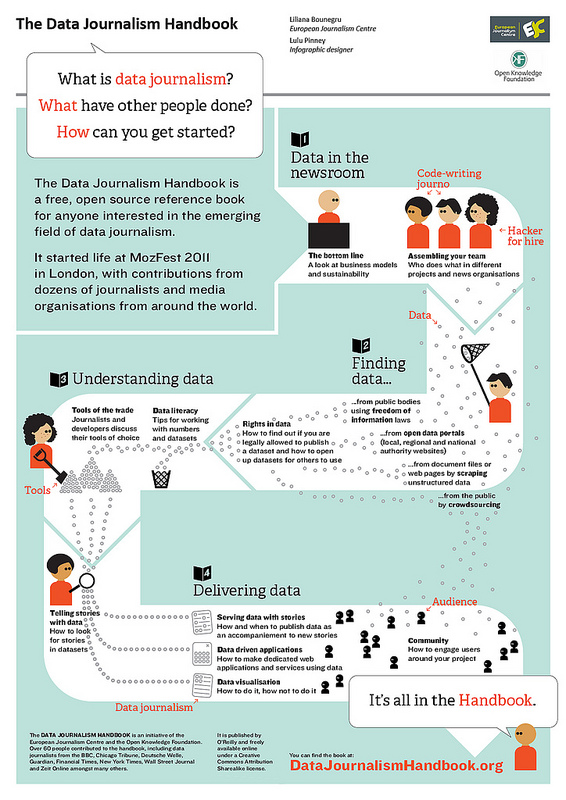In February, Stuff had a story about the 519 people who had a roadside drug impairment test since the changes to the law in November 2009, 429 of whom failed and showed up as having taken drugs. This time it’s the Herald, with 568 drivers from November 2009 through this February.
Those numbers, presumably, are correct, though they don’t actually mean all that much. The numbers were highest in the Bay of Plenty region, but that was because of more police effort and doesn’t necessarily indicate more impaired driving in that region.
An ESR study of blood samples from accidents gets quoted, as usual, this time by an AA spokesman and without any provenance
He noted a recent study that found of 1046 drivers who died in crashes between 2004 and 2009, about 35 per cent had cannabis or other drugs in their system, either on their own or in combination with alcohol.
As we pointed out last time this study came up, that’s not the same as impairment:
The ESR report defined someone as impaired by alcohol if they had blood alcohol greater than 0.03%, and said they tested positive for other drugs if the other drugs were detectable. If you look at the report in more detail, although 351/1046 drivers had detectable alcohol in their blood, only 191/1046 had more than 0.08%. At 0.03% blood alcohol concentration there may well be some impairment of driving, and near 0.08% there’s quite a lot, but we can’t attribute all those crashes to alcohol impairment rather than inexperience, fatigue, bad luck, or stupidity. At least the blood alcohol concentrations are directly relevant to impairment. An assay for other drugs can be positive long after the actual effect wears off. For example, a single use of cannabis will show up in a blood test for 2-3 days, and regular use for up to a week. In fact, the summary of the ESR report specifically warns “Furthermore, it is important to acknowledge that the presence of drugs and alcohol in the study samples does not necessarily infer significant impairment.” Regular pot smokers who are scrupulously careful not to drive while high would still show up as affected by drugs in the ESR report
